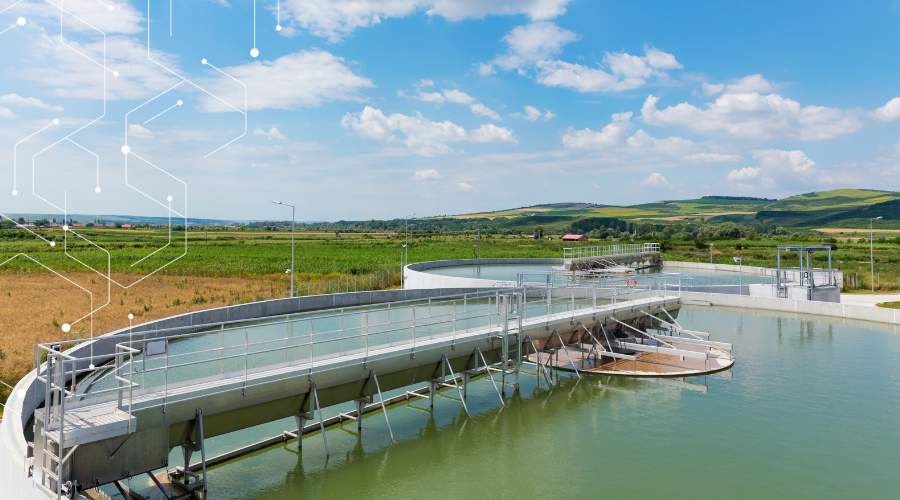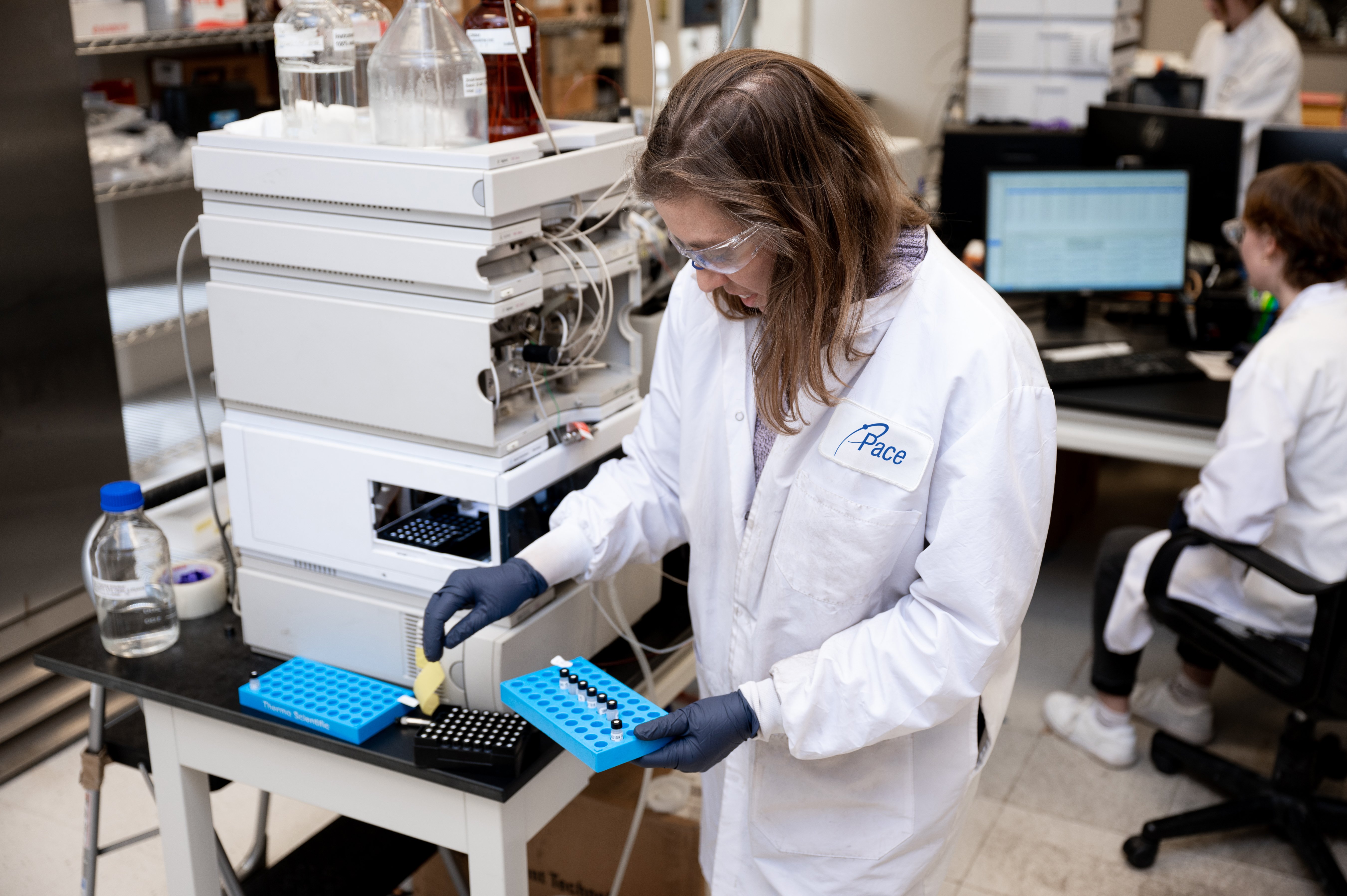What You Need to Know About the PFAS NPDES ICR Proposal

The U.S. EPA recently proposed an Information Collection Rule (ICR) focused on PFAS in wastewater influent, effluent, and biosolids. This post will cover the critical highlights for Pace® customers. For a deeper dive, you can watch the webinar on-demand.
Watch: US EPA Information Collection Rule (ICR) Proposal for PFAS and NPDES
What Are PFAS?
Per- and Polyfluoroalkyl Substances (PFAS) are a diverse group of several thousand known synthetic compounds valued for their inherent properties, such as resistance to heat, water, and oil. For decades, they have been used in the production of hundreds of industrial and consumer products such as carpeting, apparel, upholstery, food packaging, cosmetics, fire-fighting foams, and metal plating.
PFAS are bioaccumulative, meaning they build up in the bloodstream and tissues. Since at least the 80s, research has found links between PFOS and PFOA (two common PFAS chemicals) and several health challenges such as chronic kidney disease, thyroid issues, and certain types of cancers.
Who Will Be Impacted By the ICR?
The U.S. EPA’s PFAS Strategic Roadmap called for a whole of agency approach to monitoring, managing, and remediating PFAS in the environment. PFAS in drinking water has been a top priority, but wastewater, including biosolids, has become a greater priority in recent months.
Once finalized, this ICR will directly impact Publicly Owned Treatment Works, or POTWs. These are the wastewater treatment facilities owned by a state, municipality, or another governmental entity. POTWs collect wastewater from homes, businesses, and industrial sources and treat it to remove harmful pollutants before releasing the treated water (effluent) into local waterways. POTWs also handle the processing and treatment of sludge and bio-solids generated from wastewater treatment.
Businesses are not directly impacted by the ICR as drafted. However, POTWs will be required to sample industrial effluent from up to 10 industrial users of the system. This data will be used as the basis for future Effluent Limitations Guidelines and NPDES permitting.
When Will the ICR Take Effect?
The ICR is still in the proposal stage, but the required public comment period has passed. The EPA intends to complete this ICR by the end of 2025. Of course, the public comments may impact the final details of the rule.
Once finalized, phase one will focus on wastewater, specifically industrial effluent, domestic wastewater influent, POTW influent, and POTW effluent. Phase two of the study will require selected POTWs to analyze sewage sludge or biosolids produced as a byproduct of wastewater treatment.
Will All POTWs Be Required to Sample?
The proposed ICR includes only the nation’s 400 largest POTWs. The first step involves a survey of these organizations. From that data, the EPA plans to issue testing orders to a smaller subsegment, estimated at 200 to 300 facilities. A draft of the survey can be found on the EPA’s webpage.
Required Test Methods
Required test methods are dictated by the matrices to be sampled and the data to be collected. Phase one testing will assess wastewater for 40 targeted PFAS and adsorbable organic fluorine. Phase two will quantitate those same 40 PFAS in wastewater sludge.
EPA 1633 can measure the 40 PFAS in both wastewater and biosolids and is required for phases one and two. Quantitating adsorbable organic fluorine in wastewater, as required in phase one, necessitates EPA 1621.
For a deeper dive into these methods, you can watch a replay of the webinar we conducted shortly after these methods were finalized earlier this year. Pace® laboratories participated in EPA’s validation of these methods as well, so feel free reach out to our Subject Matter Experts if you have any questions.
Have Questions?
Again, if you missed our recent webinar on this proposed rule, you can watch that here. As always, if you have questions or would like to discuss a specific project, reach out to us at any time. You can also request a quote for services if you’re ready to get started.

.png)
